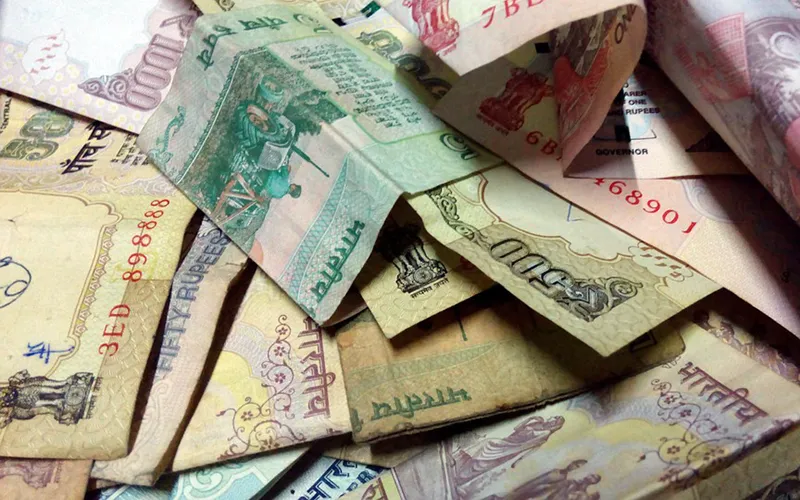South Asia is one of the most populous region in the world, representing about 24 per cent of the world's population. Most countries in the region are in various stages of economic development, and aspire for regional economic integration. The region together contributes 3.3 per cent to the global gross domestic product.
India is the largest country in the region and is predicted to become an important global economic player in the world by 2030. Pakistan, the second-largest South Asian country, does not enjoy a robust economy but has the potential to act as a bridge between the Gulf countries, China, India and Central Asia for regional economic integration.
The other small nations in the region like Bangladesh, Bhutan and Sri Lanka are in a much more politically stable condition than they were a few years ago and, therefore, could both benefit and support a South Asian regional economic integration. The South Asian Association for Regional Cooperation, set up in 1985, is the major reason behind the regional economic integration of which, India, Pakistan, Bhutan, Bangladesh, Maldives, Nepal, Afghanistan and Sri Lanka are members.
Saarc was set up with an objective to promote peace, freedom, social justice and economic prosperity through extensive cooperation amongst the member states. Further, to vindicate the pledge for economic cooperation, Saarc countries signed the South Asian Free Trade Area in 2004 to strengthen economic cooperation, improve preferential trade agreement, boost economies of the least developed states in the region, create a common currency and common custom Union like European Union as emphasised by the then Prime Minister of India, Mr Atal Bihari Vajpayee, in the 12th Saarc summit held in Islamabad.
A common currency's attraction is that it does not represent the currency of any single country. Since comparative advantage is enjoyed by some of the South Asian countries in exports of certain items, it would be advantageous if the Saarc countries adopt a single currency which will substantially enhance their bargaining power in the global market.
Another major move that is being contemplated to enhance cooperation in Saarc, is the proposal to form a Economic Union in the region. With the formation of Saarc, it was expected that intra-regional trade within the region would increase. However, it accounted for only five per cent of the region's total trade. Further, Saarc/Safta has not been able to meet the objective of its formation.
Even though there was a significant increase in the intra-Saarc trade, there was no significant variation among the member countries. Similarly, the foreign direct investment inflow and outflow from the region is significantly low as compared to other regional blocs and other emerging markets in Asia. Despite the thrust for regional economic integration propelled by both Saarc and Safta, there are critical obstacles to an optimal economic integration in South Asia.
First, the political scenario and the differences between the Saarc countries is one of the crucial challenges that needs to be addressed. Saarc provides a disappointing picture in social, economic and political context which distorts national integrity and the overall law and order situation of the states.
The existence of political complexities, for instance the absence of good governance and human right violation in Nepal, regional conflicts in India, civil and ethnic conflicts in Sri Lanka, internal problems of Bhutan and Maldives has affected regional integration for the cause of development.
The second is the issue of security which is coming in way of economic union in the Saarc region. Inter-state conflicts in South Asia are probably the highest as compared to any other region. The 'Kashmir issue' between India and Pakistan, the differences between Sri Lanka and India over nationality of Tamils, distrust between India, Pakistan and Afghanistan etc.
All of this depicts the absence of trust between the respective countries which influences their decisions in the process of planning and implementation. The presence of terrorist groups in Pakistan, presence of insurgencies and terrorism at Indian border-states, security problems in Bangladesh and the internal instability in Nepal affects security and thereby, adds to the hurdle in strengthening integration.
These troubles in South Asia are largely considered to be a product of the contradictions of India's security perception with that of the rest of the countries of the area and there has always been a psychological doubt on part of the smaller states about their all-powerful neighbour India.
The third is the absence of critical infrastructure. This leads to opportunities being lost, challenging transit for goods, and kills efficiency and initiative by local entrepreneurs otherwise bullish on regional trade. High transportation costs, poor institutions, inadequate cross-border infrastructure, and absence of a regional transit trade are some major factors penalising the region's trade and integration.
Many countries in the region suffer from limited warehouse capacities and the lack of proper banking and foreign exchange facilities. In some cases, banks are located several kilometres from the border. Poor road and rail connectivity, high non-tariff barriers and the linkages of financial and security services in some countries with Armed non-state factor further hinders the noble idea of forming an Economic Union.
Further, the cultural diversity based on languages, religions and ethnicities is another factor affecting the formation of an Economic Union. Although the vision to integrate the South Asian region is a noble one, it requires that the challenges are addressed judiciously by prioritising policies; otherwise, Safta's dream to form a South Asia Economic Union is unlikely to become a reality in the near future.
(The writers are with Observer Research Foundation, Delhi)
Courtesy: The Pioneer
The views expressed above belong to the author(s). ORF research and analyses now available on Telegram! Click here to access our curated content — blogs, longforms and interviews.




 PREV
PREV


